The purpose of the Nunataryuk field visit to Ilulissat and Qeqertarsuaq in Greenland was to host local consultations and start conducting interviews with key stakeholder on the topics of coastal community planning, infrastructure, natural resources, local economy, health and wellbeing, adaptation and mitigation strategies.

A group of 7 researchers from the field of anthropology, health and medical science, engineering, economy, planning and social science travelled together to cooperate on data gathering. The aim is to understand ongoing changes related to social implications of permafrost thaw and land-sea connections.
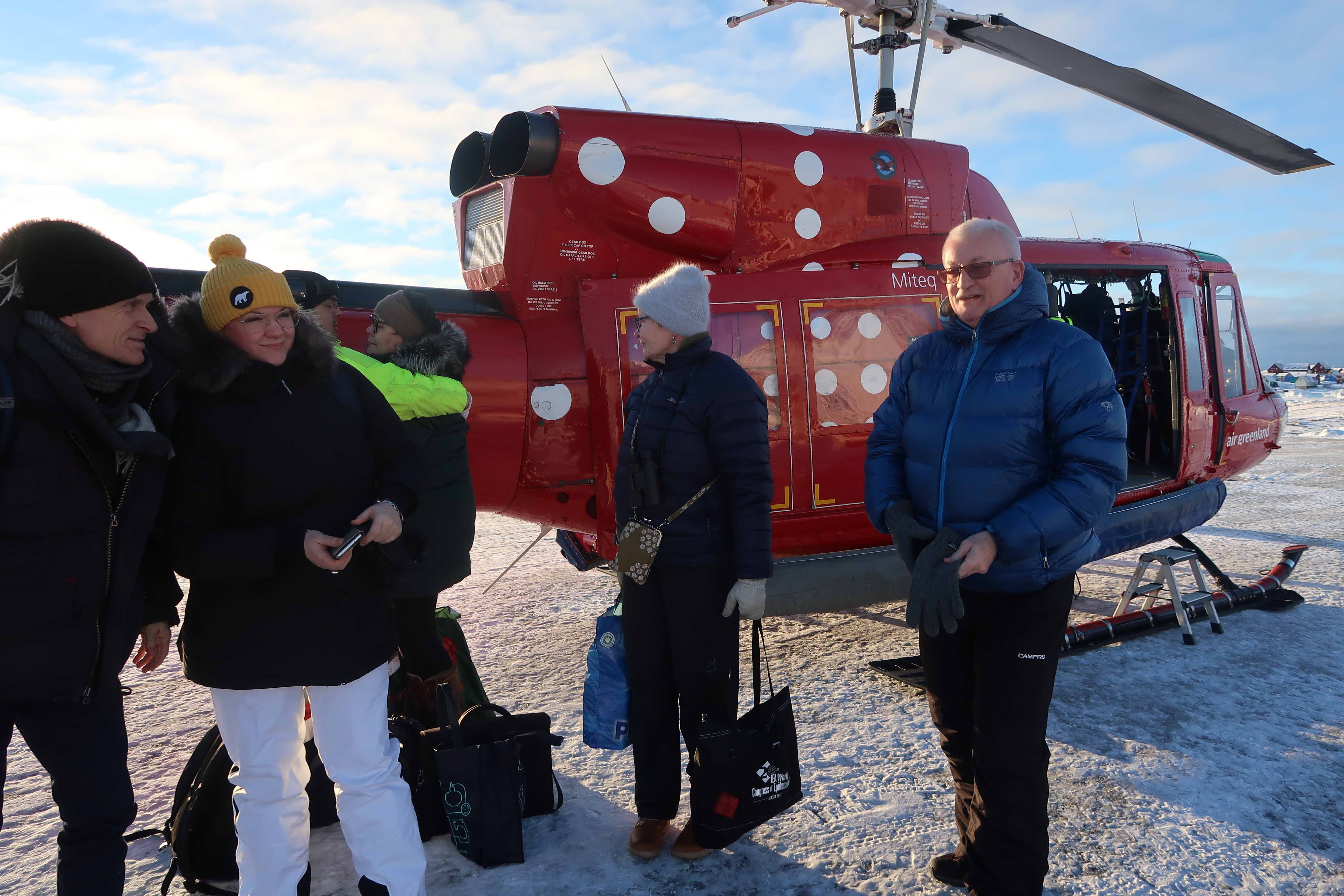
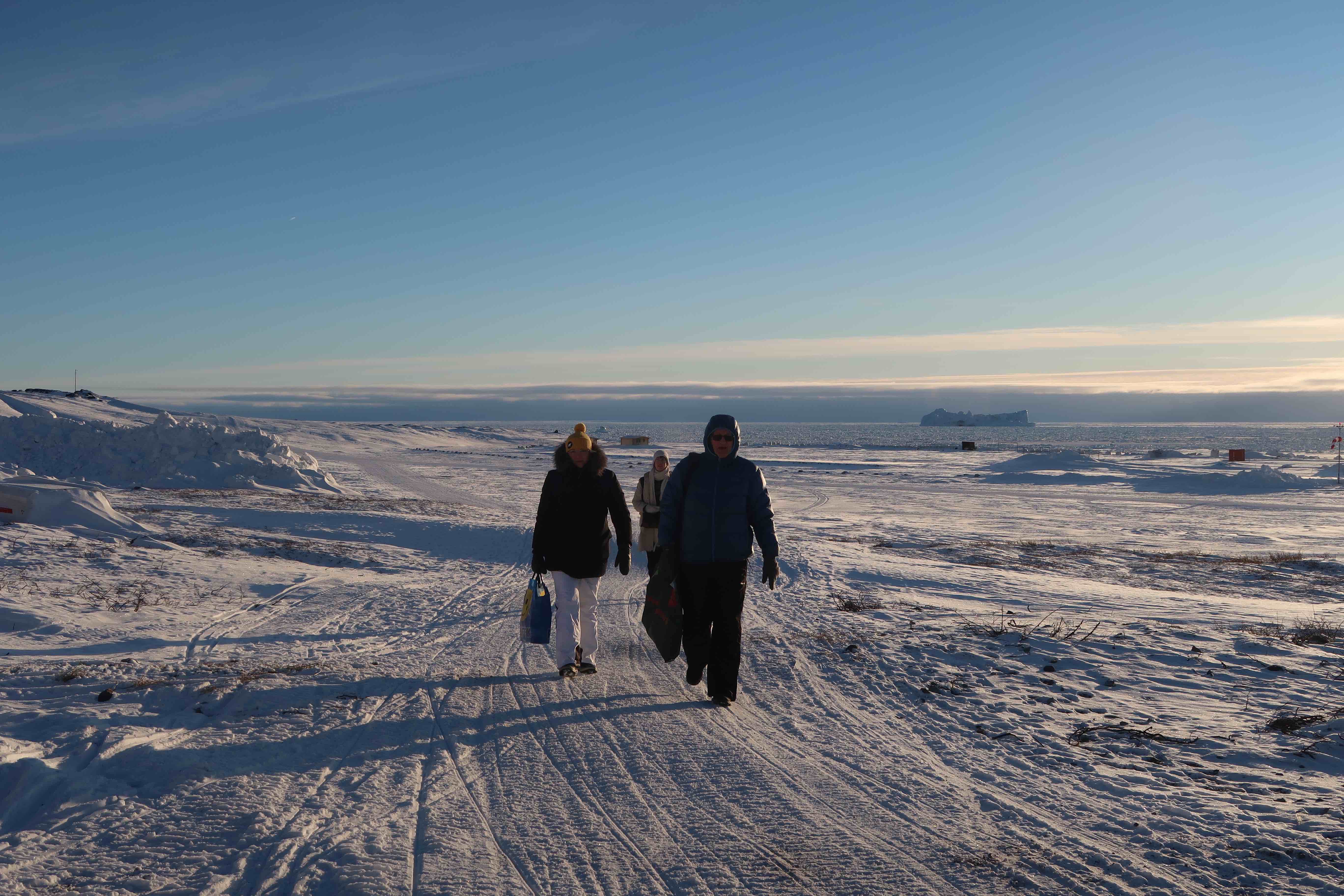
Nunataryuk fieldwork in two unique settlements in Greenland
With a population of nearly 5000 inhabitants and 3500 sled dogs, Greenland´s third largest town Ilulissat is experiencing significant permafrost-related issues (rated 4/10), as housing and linear infrastructure are being damaged by ground movements and permafrost degradation requiring constant and costly short-term repairs. Our local informants cite the practices of carrying out hurried low-cost construction without proper site investigation as a perennial problem. Rigorous quality control and assurance must be developed and maintained, especially in light of a predicted rapid increase in the numbers of residents, foreign employees, and tourists linked with the building of a new international airport.
A rapid increase in economic activities during the next several years pose elevated challenges; the expanded construction of infrastructure must be appropriately adapted to climate change impacts, including new water pipes replacing the ones currently located in the area where the road to the airport will be built. On the other hand, the construction of the new airport may facilitate access to construction material, ease the local shortage of engineers, and bring currently lacking drilling equipment for proper site investigation in residential, commercial, recreational, industrial as well as public-transport zones.

Qeqertarsuaq is a town of over 800 residents located on the south coast of Disco Island. It belongs to the newly established Qeqertarlik municipality in which Aasiaat is the major town hosting the mayor’s office. The University of Copenhagen Research Station, established in 2006 and located close to the heliport on the outskirts of the town, offers scientist unique opportunities for conducting multidisciplinary research in and around Qeqertarsuaq as well as more widely throughout the Disco Bay region. This was the ideal home for the Nunataryuk researchers during this stay.
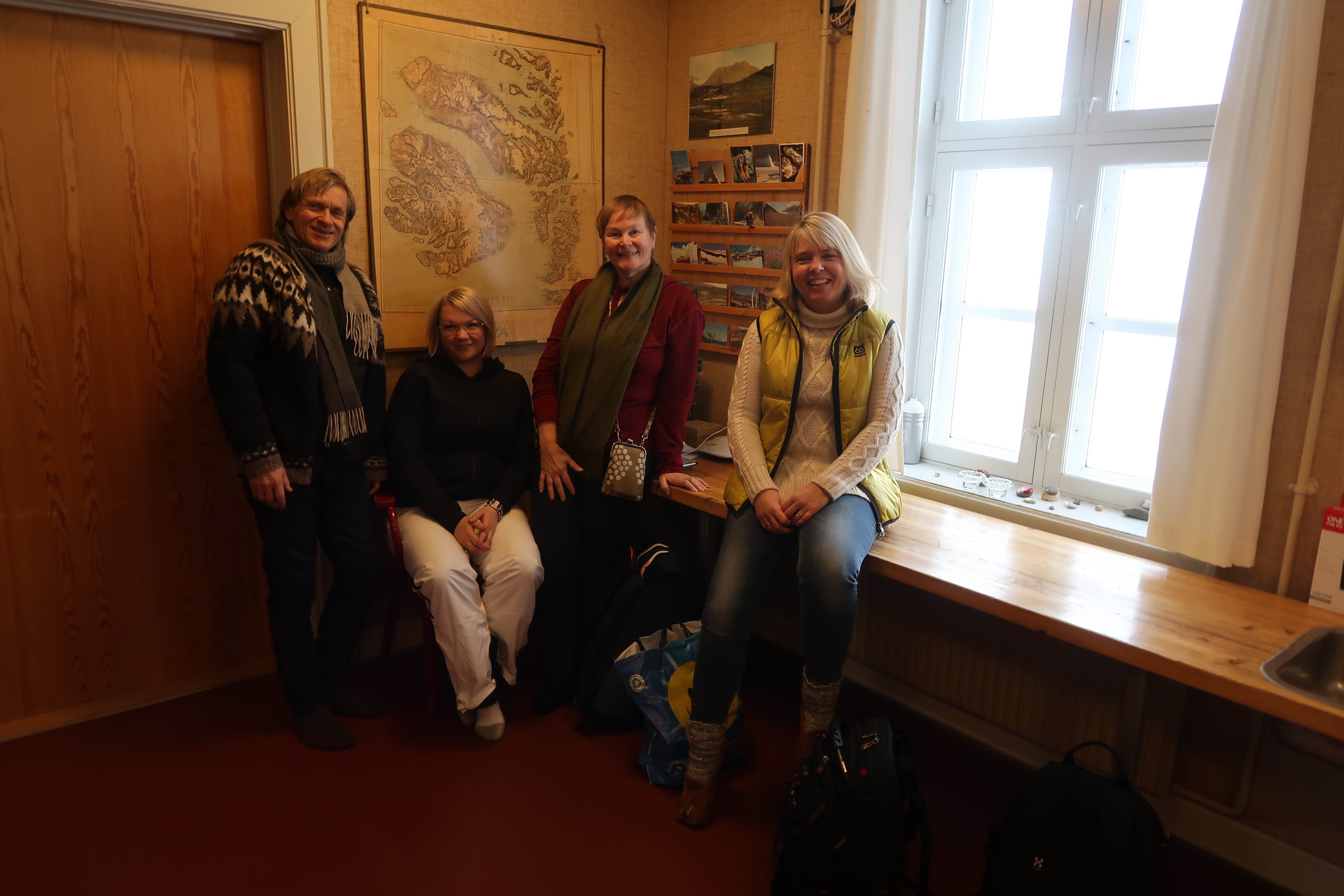
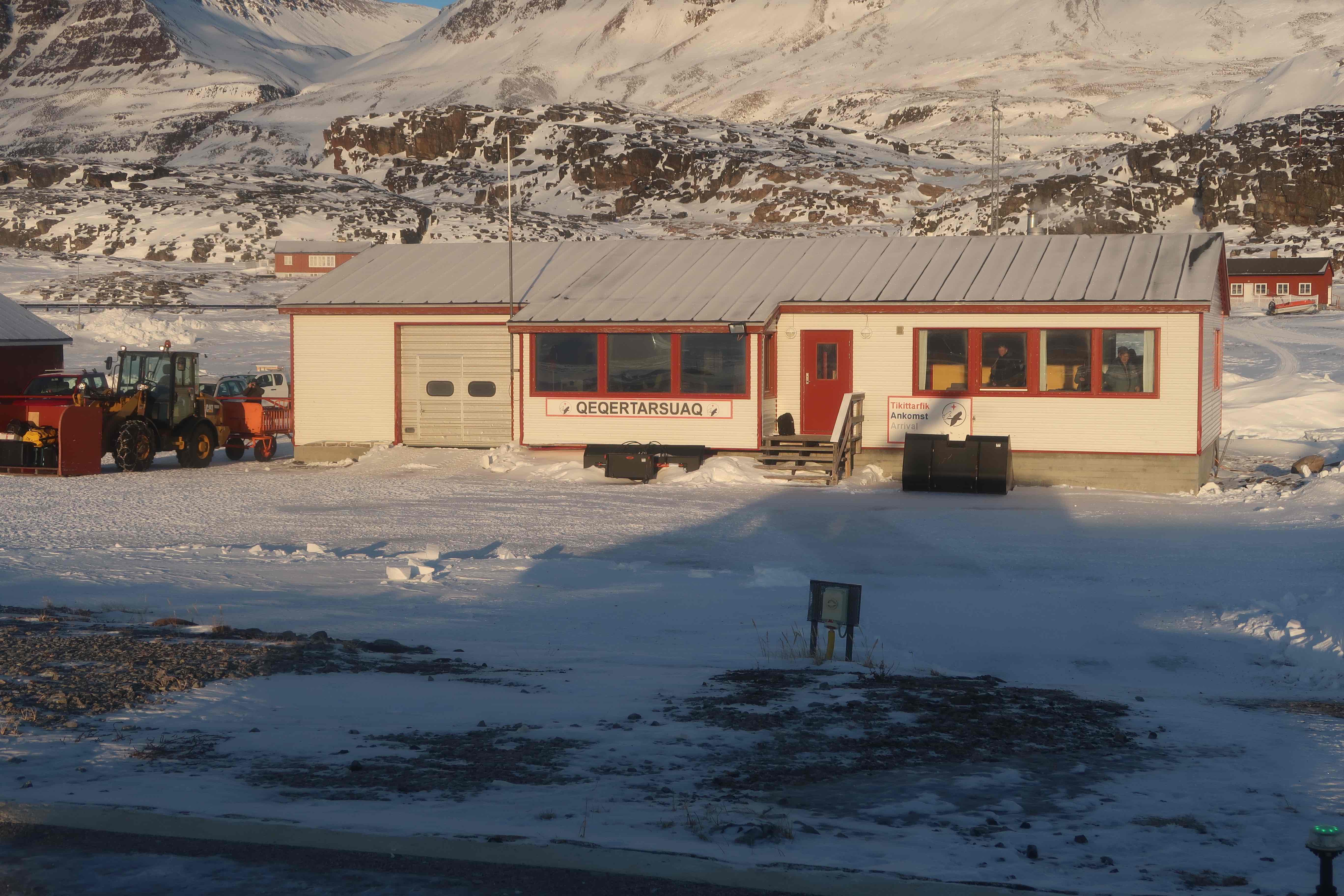
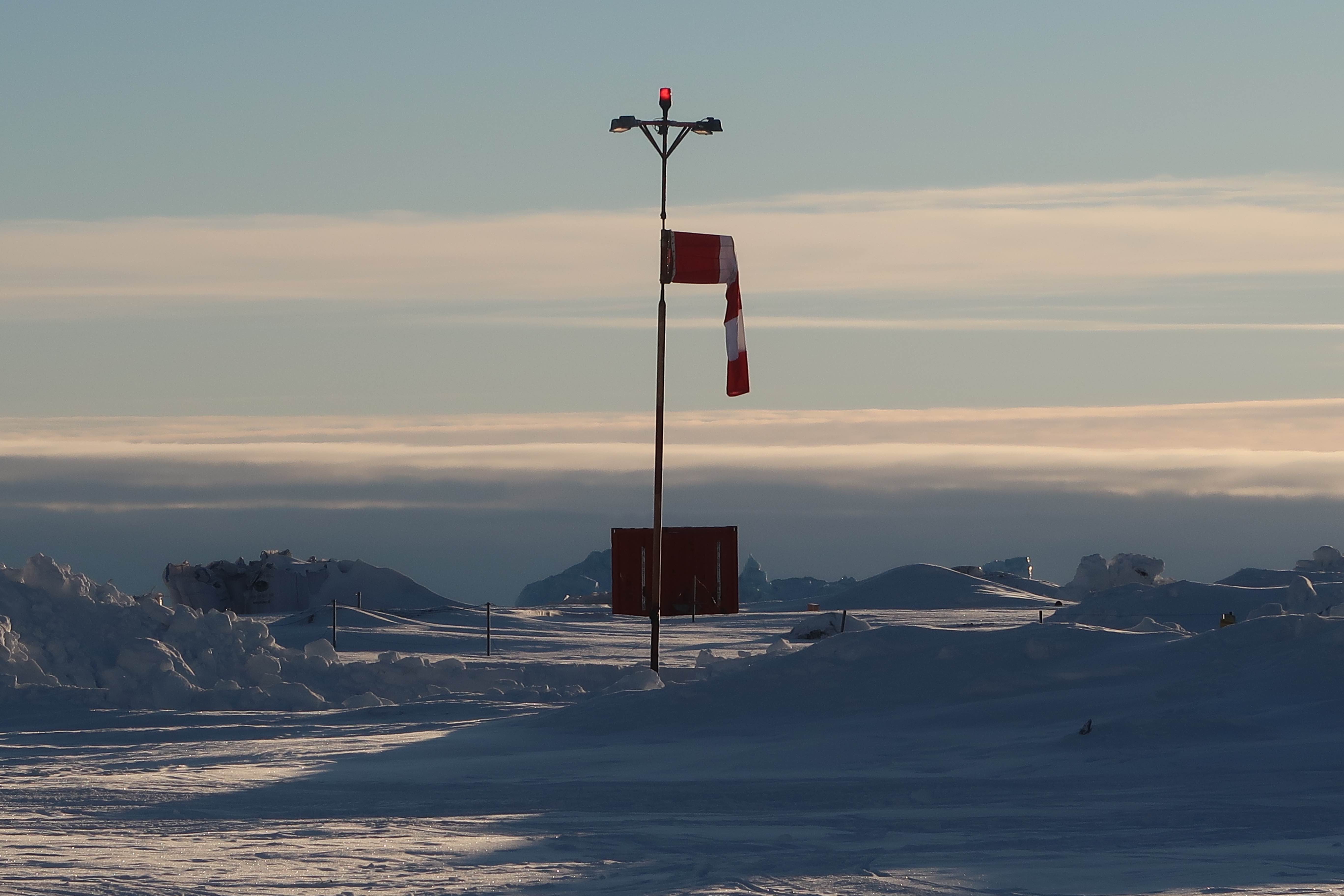
Although the population has declined by around 20% since 1990 and residents are currently experiencing shortage of housing, this is a relatively affluent community endowed with a good elementary school, a fish factory, and a very secure harbor that is ice-locked between January to March but less and less so with the impacts of the warming ocean and climate. Our local informants, long-standing as well as newcomers, portray Qeqertarsuaq as a “crime-free” town that offers good quality of life for most people and is particularly rich in untapped opportunities.
Fishing and marine mammal hunting delivers significant income and direct subsistence, and tourism during the summer months is growing rapidly. The increase in income derived from the tourism activities is contingent on the way Ilulissat has been developing, and many expect that the new international airport planned for Ilulissat will have further spillover impacts on Qeqertarsuaq. Unlike in Ilulissat, almost all of Qeqertarsuaq´s buildings are on stable bedrock and its linear infrastructure is stable.
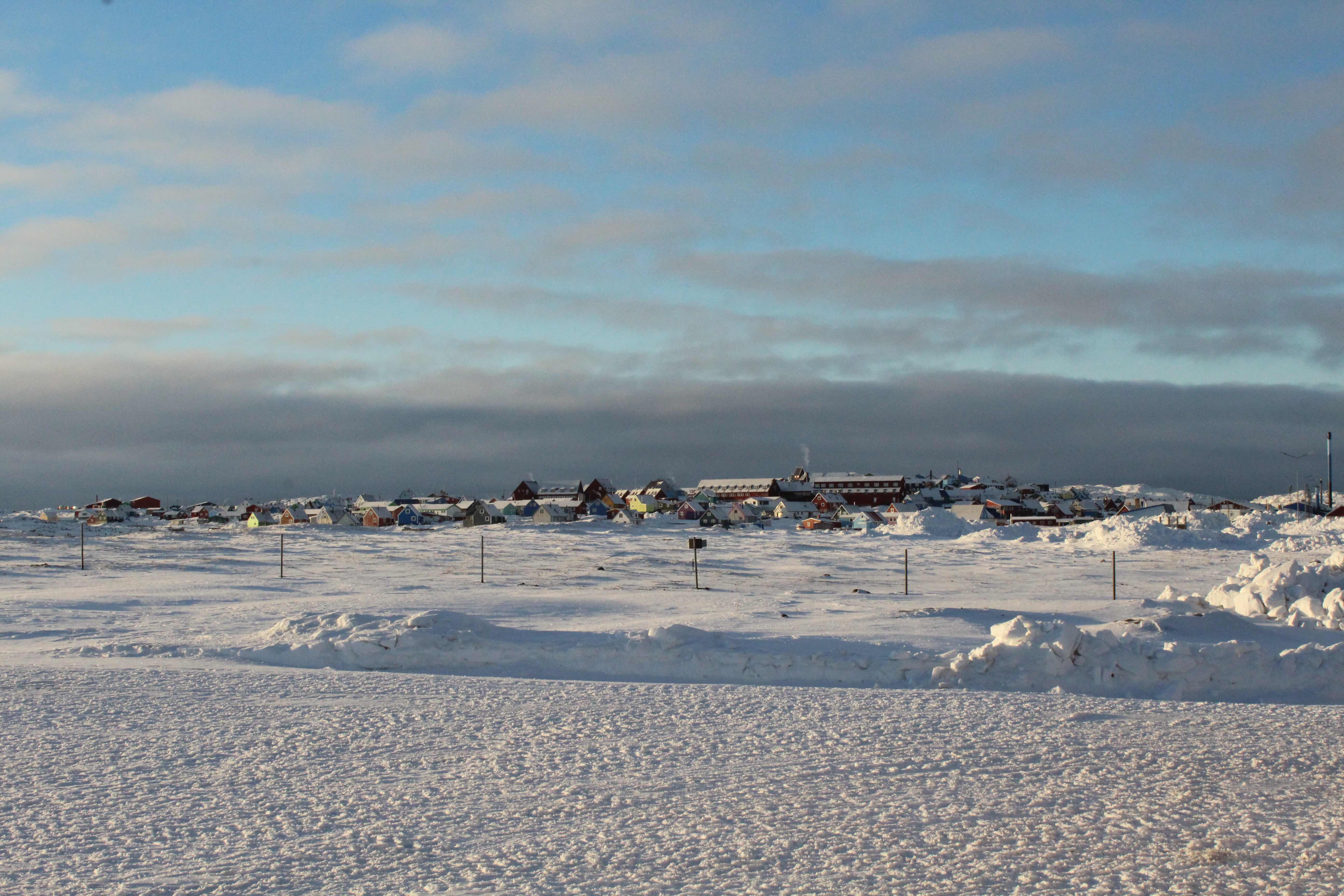
Furthermore, due to these favorable geological conditions, the building of a landing strip for airplanes close to the current heliport would be neither costly nor a technologically challenging construction project. Most of our local informants feel that Qeqertarsuaq – as a town and a community fortunate enough not to have to deal with permafrost thaw-related issues – will not experience significant growth and improved living conditions until an airport with a landing strip and new residential buildings have been constructed.
Ethical reflection on cooperation with local communities
In research concerning Arctic populations ethical considerations must be included and carefully adhered to. Naturally, this can be challenging when working in a multidisciplinary research group. As researchers in the Nunataryuk project, and coming from various disciplines, we have a range of disciplinary approaches to questions and perspectives, which are guided by our individual work packages. One key aim of our fieldwork in Disco Bay was to continue the scoping exercises and consultation meetings, and to create a holistic picture of the field area as a foundation for our further work. This is part of an important process of creating a successful partnership and communication with the locals, but of course, also a way forward to finding answers to our research questions. During this field trip we were especially focused on how to gather information from people and communities by using methods that would not burden participants, and how to find a joint language for discussions and understanding.
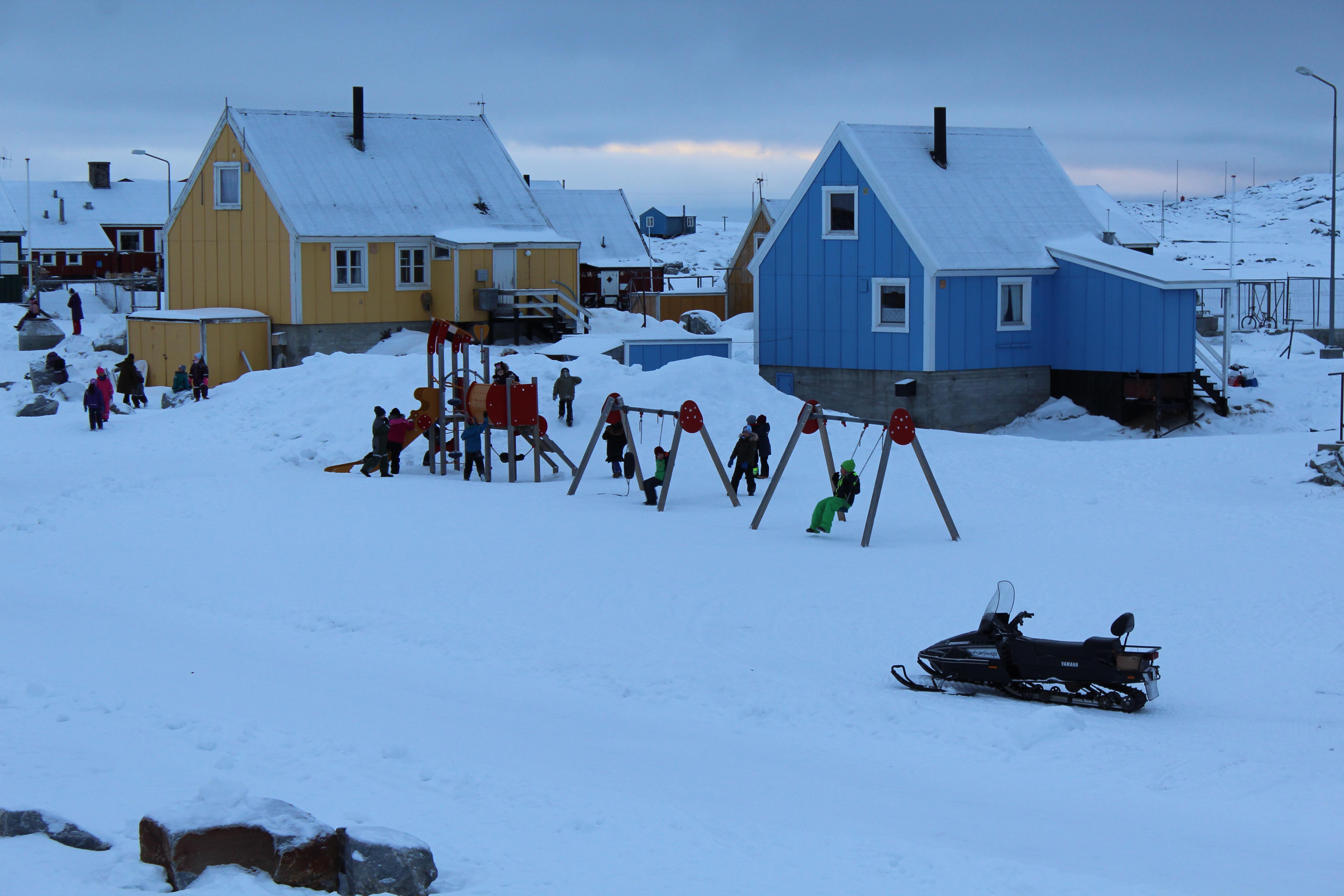
Approach and stakeholder outreach
The community consultation consisted of a variety of settings with close engagement and dialogue with the locals as a way of getting as many perspectives as possible, including different types of knowledge, and to demonstrate our desire for open and transparent research in the region. Meetings were conducted in formal as well as more informal settings, including workshops, focus groups, one-on-one semi structured and unstructured interviews, informal conversations, and school visits – all of which contributed to generating further discussions.
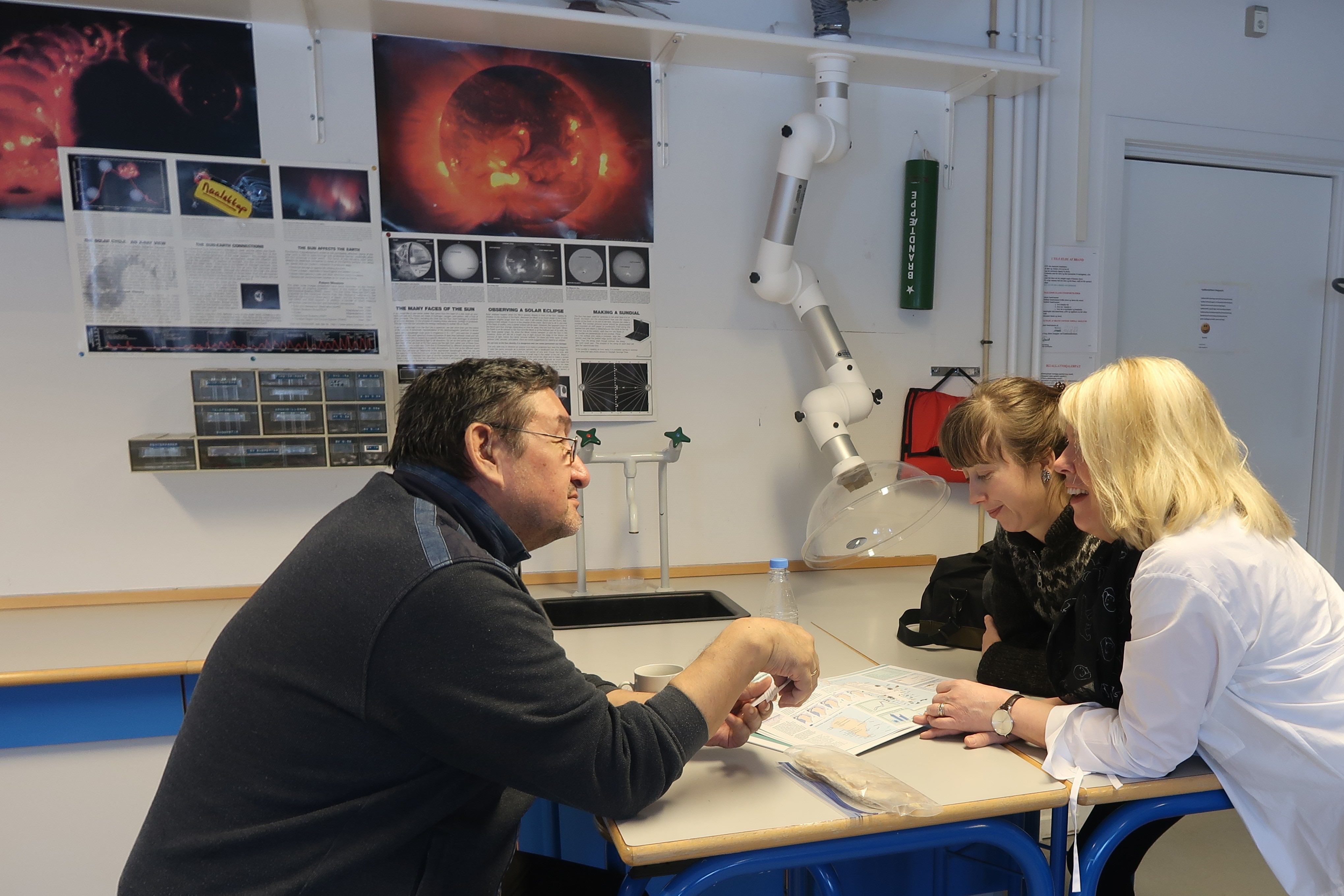
In each of the settings time was set aside to explain our project, answer questions and clarify key issues. The main consultation meeting was held in the town of Ilulissat and was an invited workshop with city planners, government employees, and private sector entrepreneurs. The pre-planned workshop was organized in collaboration with city officials. Workshop participants were invited, and the setting allowed for a dynamic dialogue and open discussion where a variety of views, opinions and perspectives from different experts where brought to the table – and there was ample time for everybody around the table to have their say. This was followed by scheduled individual interviews and follow-up meetings with selected individuals as well as others suggested by participants in the workshop. Other settings included one-on-one interviews for more detailed and technical questions.
In Qeqertarsuaq we hosted a pre-scheduled event at the Arctic station for a dynamic roundtable discussion between town people, researchers, and fishermen and hunters with the help of a translator. This led to several additional interviews with experts and workplace representatives, including a series of informal interviews and conversations with people in town.
Ilulissat spring 2019 Leneisja Jungsberg IMG 4848 web
Ilulissat spring 2019 Jón Haukur Ingimundarson Kirsten LJ and JN web
We also had the invaluable opportunity to meet with a large group of very enthusiastic school children for an interactive and very engaging couple of hours to talk about the challenges these young people in the ages 12-15 face, key issues in their lives, and their views and perspectives on climate change. They had the opportunity to express themselves creatively on large sticky notes, which was fun for everyone (see photo).
Ilulissat spring 2019 xx IMG 5048 web
In both Illulissat and Qeqertarsuaq we experienced that the variety of settings and types of meetings and interviews enabled us to get acquainted with a significant number of local residents and from different walks of life.
Ilulissat spring 2019 Leneisja Jungsberg Interviewing school teachers web
We felt how the relationships developed and trust started to build and stimulated us as well as the locals in further discussions, including follow-up planning for the next field season. At the end of the field trip our network had grown significantly, and this will help maintain the dynamic momentum we are building with the locals.
Ilulissat spring 2019 Jón Haukur Ingimundarson Harbour in Ilulissat web
Infrastructure and risk evaluation
Ensuring the dialogue with the stakeholders will be particularly important within the risk evaluation framework, focusing on permafrost-related infrastructure failures, that will be conducted in Ilulissat and will aim to provide decision and planning support tools for the future development of the town. In the wake of the concerns expressed during the workshop with regard to the built-environment, meeting individually with entrepreneurs, construction companies, and municipality employees was a first step to reach a more comprehensive understanding of the planning practices and construction challenges currently experienced in Ilulissat. The presence of permafrost is nowadays acknowledged and building practices have evolved based on experience. Nonetheless, the main challenges often lie in the lack of technical, financial and human resources, and linear infrastructures often crossing permafrost areas, are still not subject to specific and adapted measures. In winter, snow removal and accumulation can be particularly problematic and contribute even further to the degradation of the underlying permafrost due to the insulating effect of the snow. In that respect, this issue was both addressed during interviews focusing notably on repair and maintenance costs, and studied on the field by measuring snow properties. Combining a social and physical approach in such a way was extremely enriching and complementary. It was especially essential as a way of assessing the needs, concerns, as well as short and long-term vision of this Arctic community, and to discuss ways in which the outcomes of the Nunataryuk project would be beneficial.
Ilulissat spring 2019 Johanna Scheer Snow fieldwork web
What did we learn about interdisciplinary research cooperation?
Interdisciplinary work is necessary in Nunataryuk because we are looking at big and complex questions on climate change and the impacts on human society – problems that are cross-sectoral and of wide scope. Complex issues of this magnitude raise questions that cannot meaningfully be resolved by relying on insights from only one discipline, but rather it requires the contributions of experts from many fields. Through interdisciplinary cooperation we learn from each other and we produce science that is more likely to reach a broad audience, and to produce science that will connect with stakeholders and local communities and have a broader societal impact. The complexity of issues and challenges in the Arctic calls for interdisciplinary work and contributes to producing science that provides a more holistic and accurate picture of reality, and that enables us to find answers to the many complex questions. Having the opportunity to conduct fieldwork together and across disciplines (health sciences, anthropology, economics, geography, engineering etc) broadened our understanding of the local issues and contributed to our understanding of key issues and challenges. This included the socio-economic and health related impacts of thawing permafrost; and the technical aspects of infrastructure – its quality, and damages related to climate change - and need for innovations, and so forth. It also provides better insights to the trade-offs that are involved. The interdisciplinary approach helps our team to start thinking of possible creative solutions to questions of adaptation to climate change in our region of study.
Ilulissat spring 2019 Leneisja Jungsberg IMG 4790 web
Ilulissat spring 2019 Morten Rasch Nunataryuk researchers with Morten Rasch web


